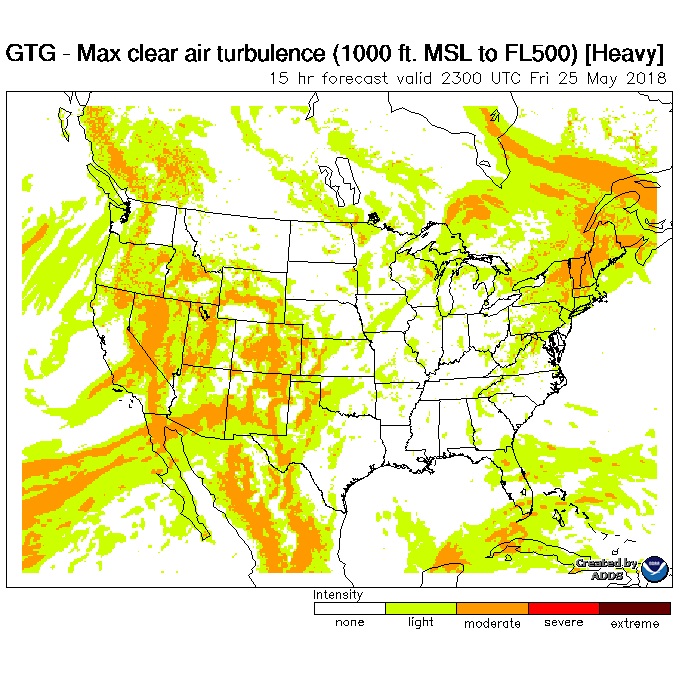Mid-flight turbulence is a concern to more than just nervous flyers. It is the leading cause of injuries to air passengers and flight attendants and costs the global aviation sector up to $1 billion a year.
Professor Paul Williams has co-developed an algorithm that accurately forecasts aviation turbulence up to 18 hours ahead. It is currently used by the US National Weather Service, consulted every day by flight dispatchers, air-traffic controllers, and pilots. Turbulence forecasts, covering all of the USA and parts of Canada, Mexico and the Atlantic and Pacific Oceans, are updated hourly and are freely available via a public website.
Independent assessments commissioned by the Federal Aviation Administration show that forecasts in which the new algorithm is used are consistently better than previous forecasts. Comfort and safety have improved on around a billion passenger journeys, while lower fuel consumption from smoother flights saves both money and emissions.
In a series of published projections, research led by Professor Williams has calculated that climate change will see turbulence increase by several hundred per cent by the middle of the century. These findings have been cited by the Intergovernmental Panel on Climate Change, the United Nations Climate Change Newsroom, and the Airports Commission in the UK. Professor Williams is currently working with Airbus to enable these projections to potentially influence aircraft design and ensure passenger safety for the future.
Partners: US National Weather Service, University of Georgia, McCann Aviation Weather Research, Airbus
Judges’ comments: “A great example of industry engagement – Paul has built credibility and authority by communicating well and listening to the aviation industry’s needs.”
Shortlisted for the University Research Engagement and Impact Awards 2018
First published: June 2018

